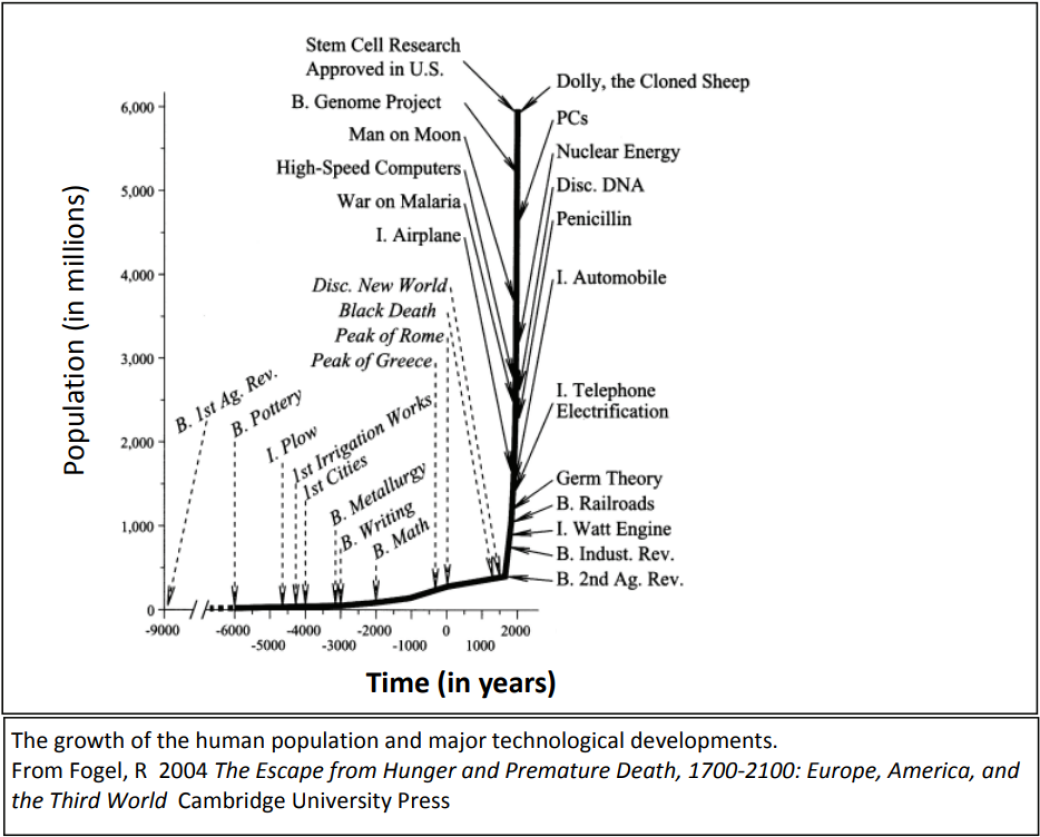LENScience
Challenge Questions
This page contains further questions on the subject of social interaction and complexity designed to stimulate more in-depth conversation and learning. These questions support students to think and write at the level of synthesis and understanding required for Merit and Excellence discussions and above.
Questions
1. Human evolution can be characterised by both biological and cultural change over time. Compare and contrast biological and cultural evolution in terms of transmittance of information between generations, selection, and fitness.
2. The evolutionary origins of brain expansion are believed to be linked to the adaptive advantage of social interactions within a group. Anthropologist Robin Dunbar from the University of Oxford has suggested that living in larger groups offered evolutionary advantage to our ancestors.
(a) Discuss the role of living in groups in the evolution of humans and our ancestors.
(b) Dunbar suggests that humans have evolved to live effectively in groups of approximately 150 individuals. Discuss the potential benefits and challenges that are offered to modern humans by the technological advances in communication and travel, and consider the potential effect of these on the success of human populations.
3. The human population has risen exponentially over the past 2000 years. Fogel (see figure below) suggests that there is a link between human population growth rates and cultural evolution. The figure indicates that the point at which the rate of population growth changed dramatically coincides with the beginning of the second agricultural revolution.
Discuss how population growth rates in humans have changed in the past 2000 years, outlining your view on the potential reasons for this change in rate.





